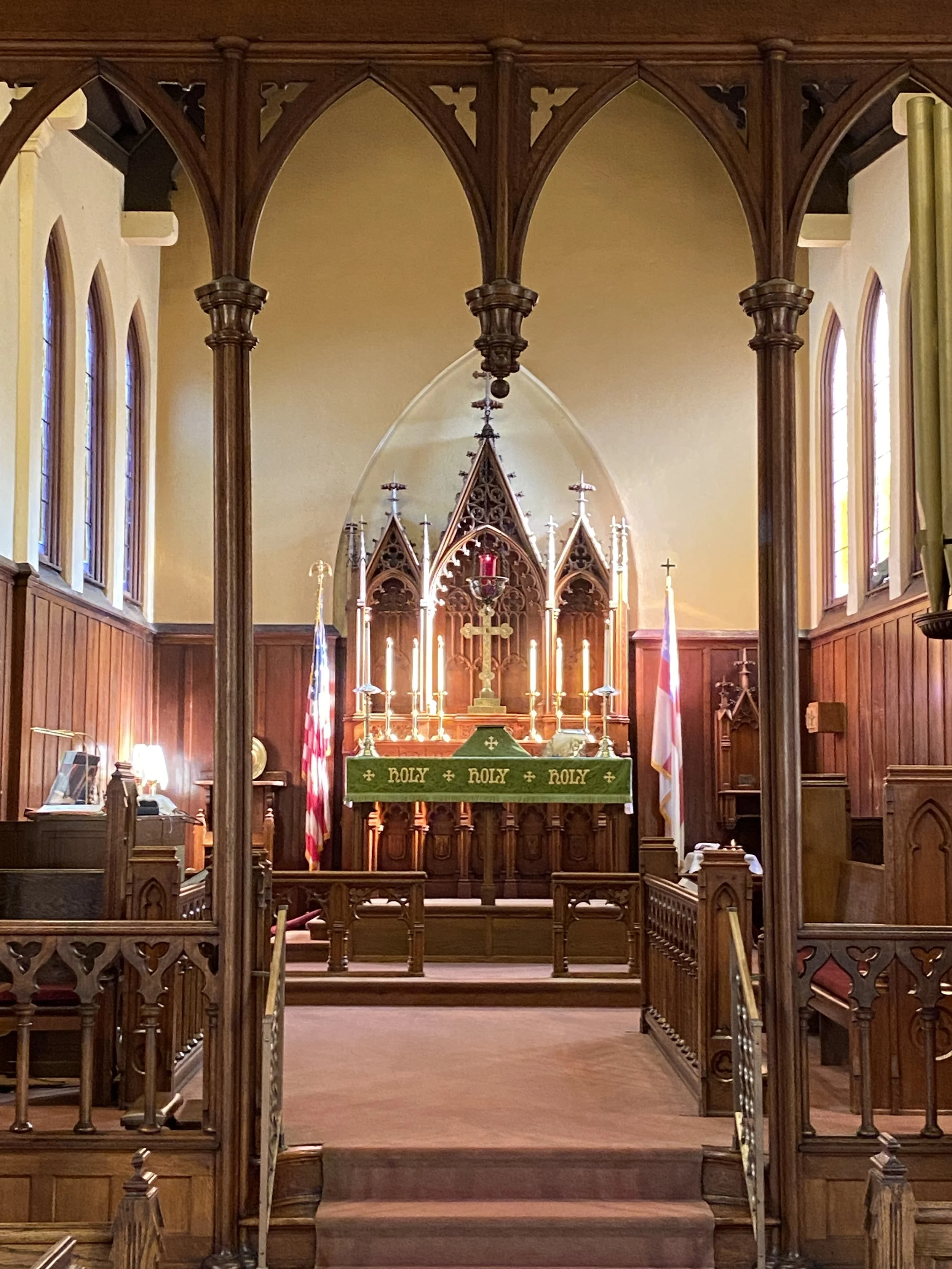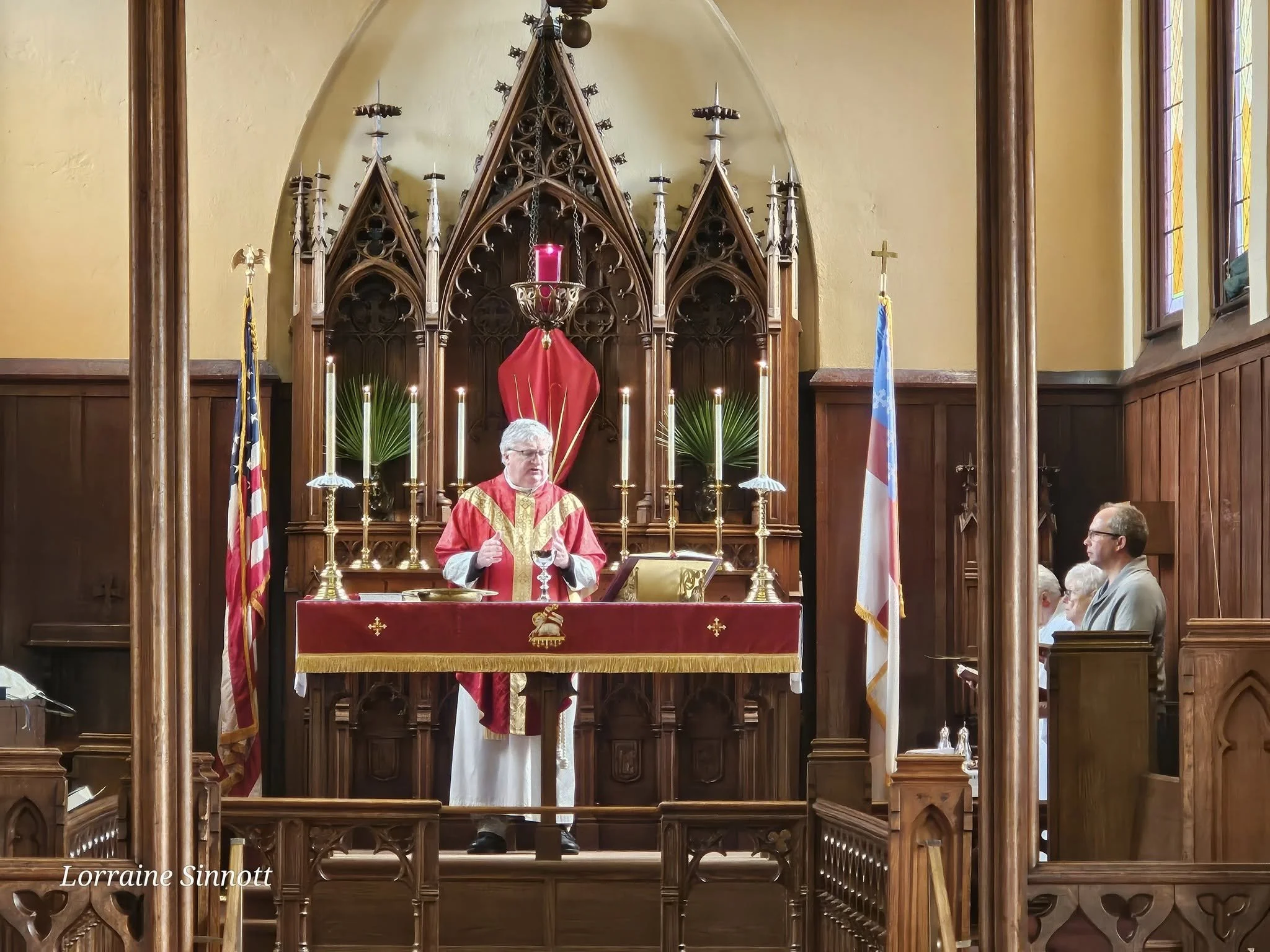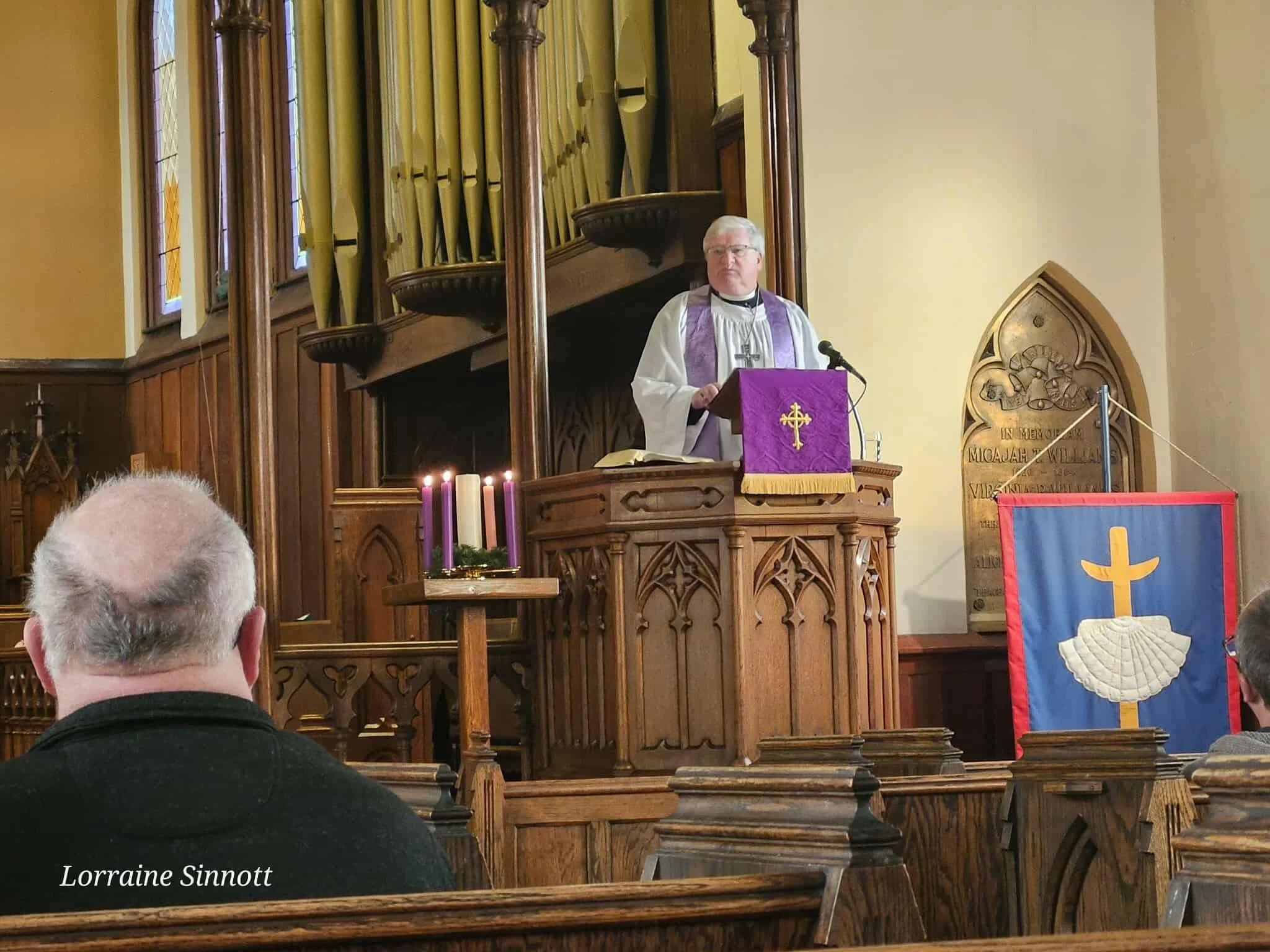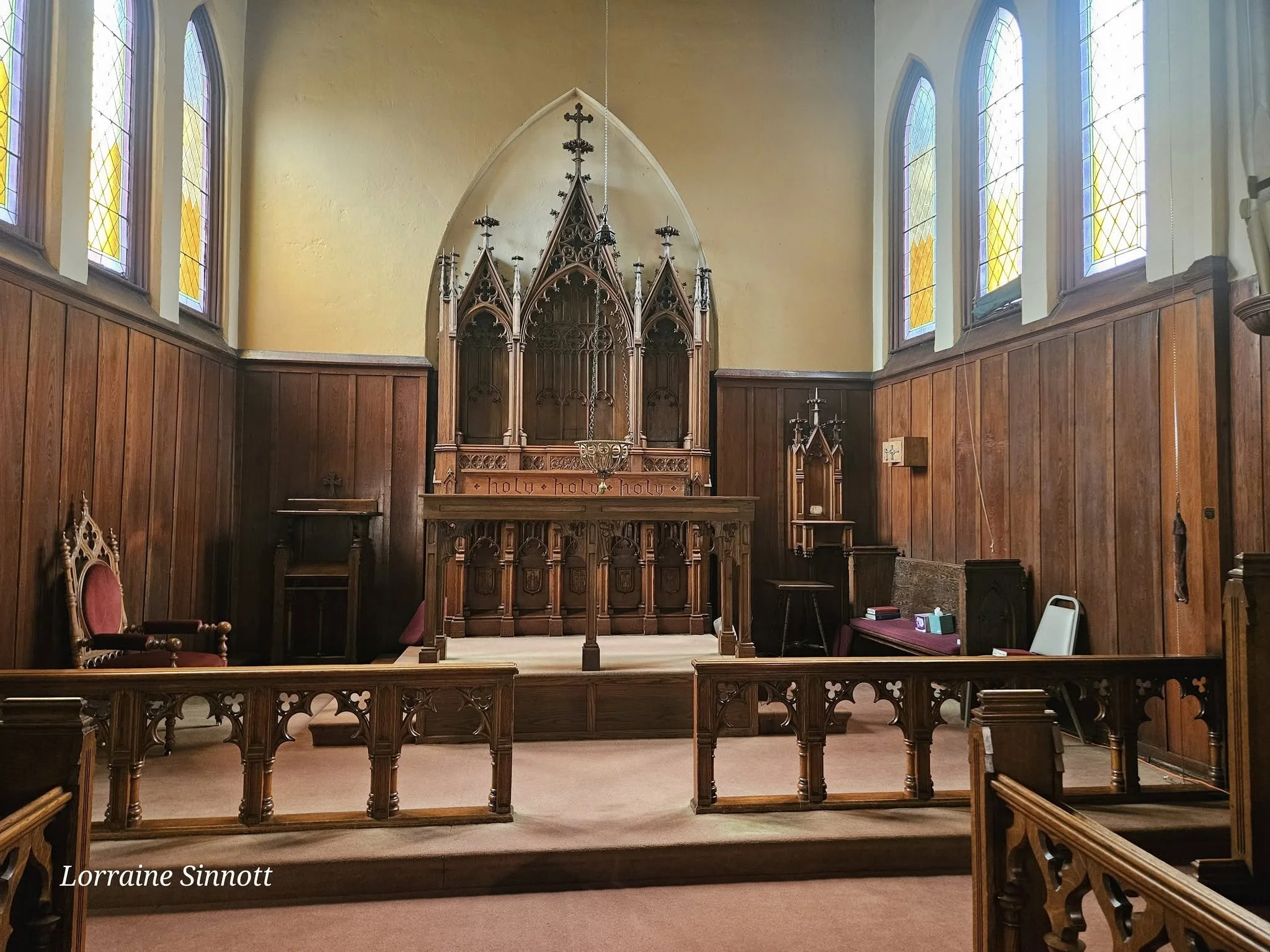
Seasons of the Church Year
Seasons of the Church Year
The Episcopal Church divides the calendar year into different seasons, and we use different symbols and colors to highlight the particular aspects of the Christian life that those seasons emphasize. The most obvious way that we do this is through changing the color of the linens on the altar and the different colored chasubiles that the priest wears. Most seasons get their name from the feast day that begins them.
What are the seasons?
-
Advent is the first season of the church year, beginning with the fourth Sunday before Christmas and continuing through the day before Christmas. The name is derived from the Latin word for “coming.” The season is a time of preparation and expectation for the coming celebration of our Lord’s nativity. The church uses purple during the Advent season. (Some churches use a light blue to separate Advent from Lent which is a much more somber and penitent season.)
-
Christmas Day is one of seven principal feasts. The Christmas season lasts twelve days, from Christmas Day until January 5th, the day before the Epiphany. At St. James and in many parishes, the Christmas celebration takes places on Christmas Eve. The church uses white during the Christmas Season.
-
Epiphany is the remembrance of the manifestation of Christ to the peoples of the earth. The Western Church has traditionally comemorated the coming of the Magi on January 6th. The length of the season of Epiphany varies. The feast of Christmas always occurs on December 25, however Easter is a movable. As Epiphany stretches between the two, some years it is longer than others. The church uses green during Epiphany.
-
Lent is “a season of penitence and fasting” in preparation for the Paschal feast (Easter). Lent lasts forty days, from Ash Wednesday through Holy Saturday (the Saturday before Easter), omitting Sundays. The last week of Lent is known as Holy Week, and the last three days of Lent are the sacred Triduum of Maundy Thursday, Good Friday, and Holy Saturday. The forty days of fasting in Lent is reminiscent of the 40 days that Christ fasted in the wilderness. Often, new converts to the faith spend this time in preparation for baptism or confirmation on Easter. The church uses purple during Lent.
-
Easter is the feast of Christ’s resurrection and is the principal feast of the church. Faith in Jesus’ resurrection on the third day following his cruxifiction is at the heart of Christian belief. Easter sets the experience of springtime next to the ancient stories of deliverance and proclamation of the risen Christ. The Easter season spans from Easter Sunday to the day before the Feast of the Ascension. The church uses white during the season of Easter.
-
The feast of the Ascension occurs forty days after Easter Sunday. It is a rememberance of Christ’s ascent into heaven and is followed by a brief 10-day season known as Ascension before the Feast of Pentecost. The church uses white for Ascension-tide.
-
The feast of Pentecost remembers the descent of the Holy Spirit upon Jesus’ disciples after his ascension. This season has several names across the liturgical churchs including “Ordinary Time” because it is a period of time not dedicated to a particular feast or observance. This is the longest season of the church year spanning from the day after the Feast of Pentecost to the Saturday before Advent begins. The church uses red for the Feast of Pentecost and green for the rest of the season.
What do the colors mean?
There are four main liturgical colors in the Christian Church: white, red, green, and purple. Some churches will use rose (pink) and light blue as well. Each color has its own meaning and purpose.
Green
Green is the color of life, hope, and anticipation. It is the color used most often in the church calendar.
White
White is the color of purity and innocence. It is used for the two most important feasts in the church: Christmas and Easter as well as for baptisms, confirmations, and funerals.
Red
Red is the color of God’s love, fire, and blood. It is used for the feast of Pentecost as well as on feast days of the Saints to remember their martyrdom.
Purple
Purple is the color of royalty and dignity as well as penance, sacrifice, and preparation.
None
Finally, the altar is stripped of all linens and decoration at the end of the service on Maundy Thursday, the Thursday before Easter. The church is left bare to highlight Jesus’ desolation and our abandonment of Him in his darkest hour.





